What and how to feed aquarium snails?
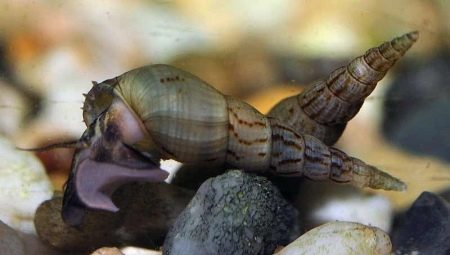
A fish tank is a great idea. It fits well into any interior, pleases the eye and soothes the nerves. And if you supplement it with snails, then the sea world will noticeably change.
These mollusks are friendly and unpretentious underwater inhabitants. But their livelihoods largely depend on their nutrition, so it is important to know some of its nuances. It directly depends on whether snails will become your favorite pets or will add unnecessary color to your aquarium life.
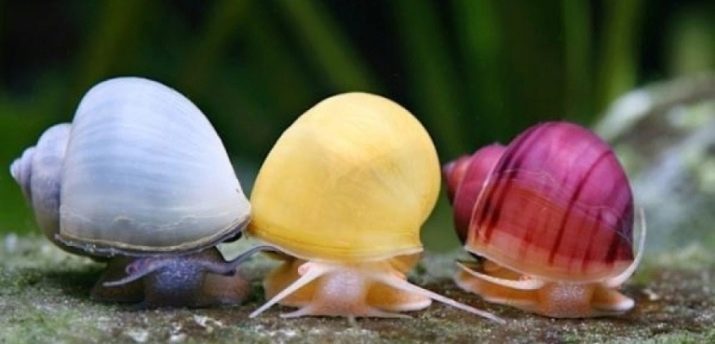
General feeding rules
Aquarium snails are the best nurses in your tank. They clean up conscientiously as they feed on bacterial plaque that forms on the surface of water, glass and plants. And also algae, therefore, they will periodically empty the container from overgrown plantations.
And they themselves are full, and the aquarium is clean. Even if you forget to feed the armored pets, they will not die of hunger. But there are certain difficulties in this.
- Do not place exotic plants next to snails. Chances are high that they will be eaten or break under their weight.
- You cannot overfeed these molluscs. In this case, they will become lazy, and not only will they stop cleaning the aquarium, but will further contaminate it with waste products.
It is not recommended to feed snails too often due to their fertility.
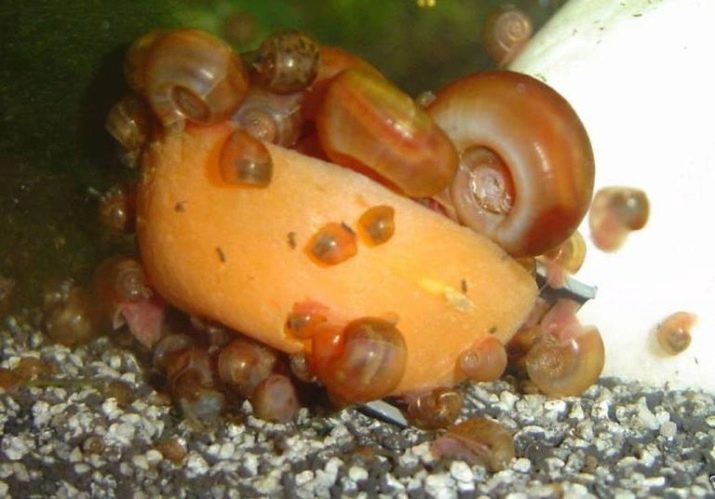
Enhanced nutrition stimulates their fertility, and soon most of the aquarium space will be filled with baby clams. This affects the quality of the water, and if snails live with other living creatures, then on it too. In particular, this can lead to a lack of oxygen and the accumulation of toxins in the water column.
Many snail breeders choose not to feed them on purpose, if their pets live in a fish tank. The snail will always find something to eat. However, she will not touch the fish. She just can't keep up with them.
In some cases, the snail itself can become an object of persecution. Some fish pinch their whiskers, others use them as food. Such fatal neighbors for mollusks will be, for example, tetradon, cichlids, fahaca, barbus and even goldfish. That's why when purchasing snails, specify all the details of the content of their species. You may need a separate aquarium for them.
The volume of the aquarium is selected on the basis of: 1 snail - 10 liters of water. This is the optimal amount that allows the snail to feel comfortable without contaminating the water with the products of its vital activity.

The answer to the question of how often to feed aquarium snails will be controversial. One species requires food several times a day. For another, a couple of times a week will be enough. If a mollusk lives with fish, it is fed less often than single individuals. A portion of food should be no more than the snail itself by volume.
An indicator that you are overfeeding your snail is a portion of food that has not been touched for several hours. Although, on the other hand, this may indicate that the animal does not perceive this food as a food source.
Fasting for a snail is just as contraindicated as overfeeding. It will cease to grow in size, multiply, and eventually die.
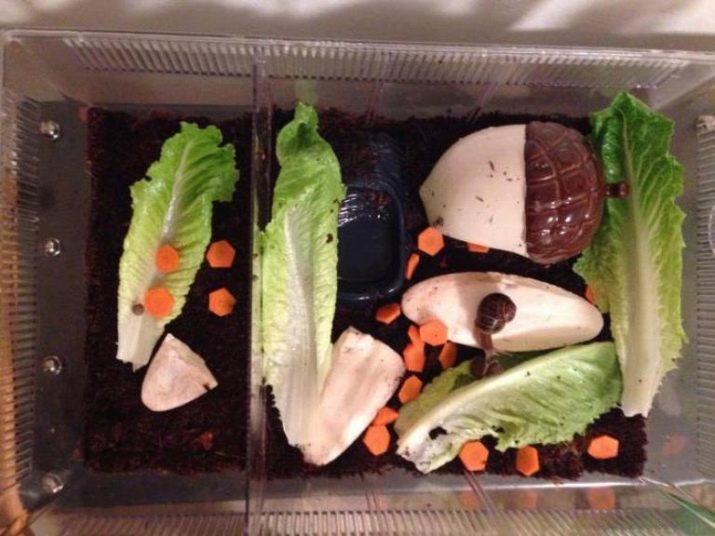
What can you give?
Snails are unpretentious in food. And their food supply is quite extensive. To begin with, let's outline what they can eat in the aquarium without additional feeding.
- Bacterial plaque - a gray film formed on algae, tank walls, stones.
- Seaweed, mainly accumulating on other plants and glass. However, if there is a lack of nutrition, they can damage other plants. Some, in pursuit of greenery, dig through the soil, digging it up by the roots. Although there are representatives of the marine flora that are inedible for snails. For example, Canadian Elodea.
- Dead fish.
- Food for fish. Some species of snails reproduce well in the very aquarium where the fish are fed abundantly, and part of the food settles to the bottom. They are entered into it with acquired vegetation and other attributes. Gastropods prefer drowning food, since they cannot get it from the surface of the water. Preference is given to tablet forms or plates.
- Fish roe.

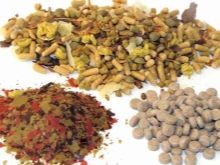

Now let's talk about how you can feed your pets.
First of all, these are greens and vegetables. Many gastropods are staunch vegetarians. You can pamper them with cabbage and carrots, cucumbers, pumpkin and zucchini, peas. Particular preference is given to salad and spinach. It is allowed to give snails dill, parsley, celery, dandelion, nettle and plantain.
The following rule applies to vegetables and herbs: they must be soft so that the snail can gnaw them... To do this, after thorough washing, they are boiled for several minutes or scalded with boiling water. Peel and cut into small pieces. Such food should be given to the molluscs in dosage. Otherwise, the part that they have not mastered will remain in the aquarium, start to rot and spoil the water.
From fruits, gastropods prefer apples, bananas, pears and grapes, melon and watermelon, strawberries, kiwi and other sweet fruits.
It is recommended to remove food residues from the container that have not been eaten.
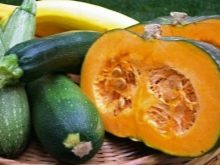
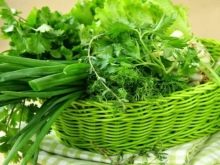
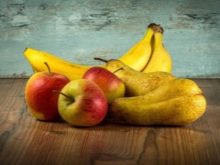
So that the submerged fruits and vegetables do not float up and the snails can get them, special devices are attached to them or they are pricked onto a fork.
In addition to greens, snails also eat meat. It is given to them in the form of minced meat. And also the diet is expanded with daphnia, bloodworms, tubifex.
It is allowed to feed snails with corn, oat and rice groats, buckwheat, flax and barley. You can diversify your food with mushrooms.Peanuts and seeds, pumpkin and sunflower seeds, will become an excellent source of protein and vegetable fat for snails.
Of course, each type of snail has its own eating habits. For example, ampullae and the coil love greens: vegetables, algae. Melania feeds on organic residues and feed. And the Helens, in general, are predators. They hunt for other mollusks, although they can be satisfied with bloodworms.
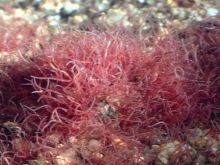
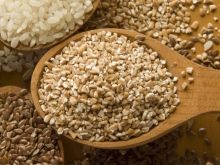

There are also decorative species for which specific food has been developed. All nutritional features should be clarified when buying snails.
It is very important for all gastropods to consume enough calcium to form their shell.
They draw it from the water. Therefore, it is necessary to maintain its rigidity, keeping the pH at 7.0 and above. This can be achieved by mixing crushed marble, chalk, or other shellfish into the water. Some put the shells of clams, oysters or cuttlefish whole, and the snails bite off part of them. You can also purchase special preparations that allow you to keep the amount of calcium at the proper level.
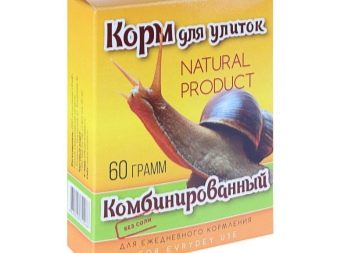
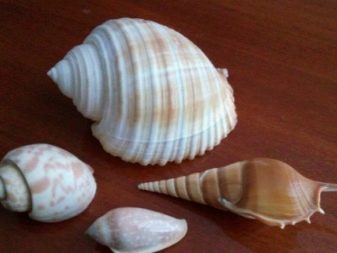
Nutrition of young individuals
It will not be difficult for you to raise young snail offspring at home if you adhere to the simple rules for keeping it.
To prevent small snails from becoming food for other inhabitants of the aquarium, it is better to settle them in a separate container.
Most often, young animals are fed with fish food. But it must be thoroughly crushed. From plant foods, salad and cucumbers, duckweed and riccia are suitable for them. Greens are scalded with boiling water and chopped. It is imperative that the aquarium with young individuals be well lit. This stimulates the growth of algae that are vital for them.
It is very important for gastropod babies, however, as well as for adults, to thoroughly rinse all the greens that get to them. And peel it. Poisonous chemicals that may be contained in it are very undesirable for snails.
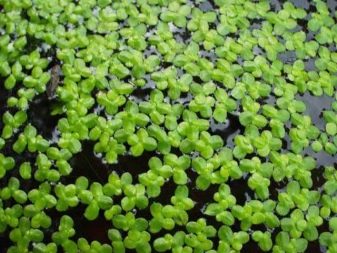
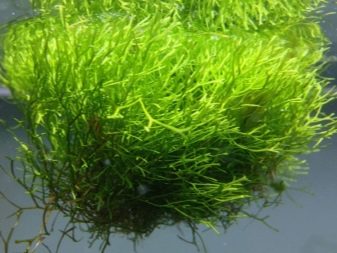
Prohibited foods
Despite the fact that snails are picky about food, there are still some restrictions.
- Sour vegetables and fruits are prohibited: citrus fruits, tomatoes, as well as any pickles. The acid in these foods destroys the shell of the shellfish.
- Do not feed your snails with fatty foods. Therefore, if you want to reinforce them with meat, do not use minced pork or lamb for this. Spices, smoked meats, marinade and sweets are also contraindicated.
- Raw potatoes are not recommended for snails. It contains corned beef, which is harmful to them.
- You should not offer gastropods and flour products. Their digestive system is not adapted to digest such foods. They will cause intestinal obstruction and the animal will die.
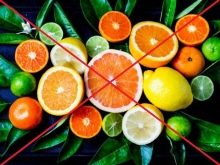
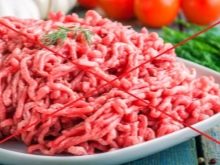
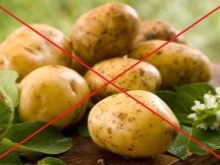
To please snails is not a tricky business. A little attention - and these unpretentious, "sociable" animals will become not only a reason for admiration, but also useful roommates for the domestic water world.
For information on what you can feed snails, see the video below.








